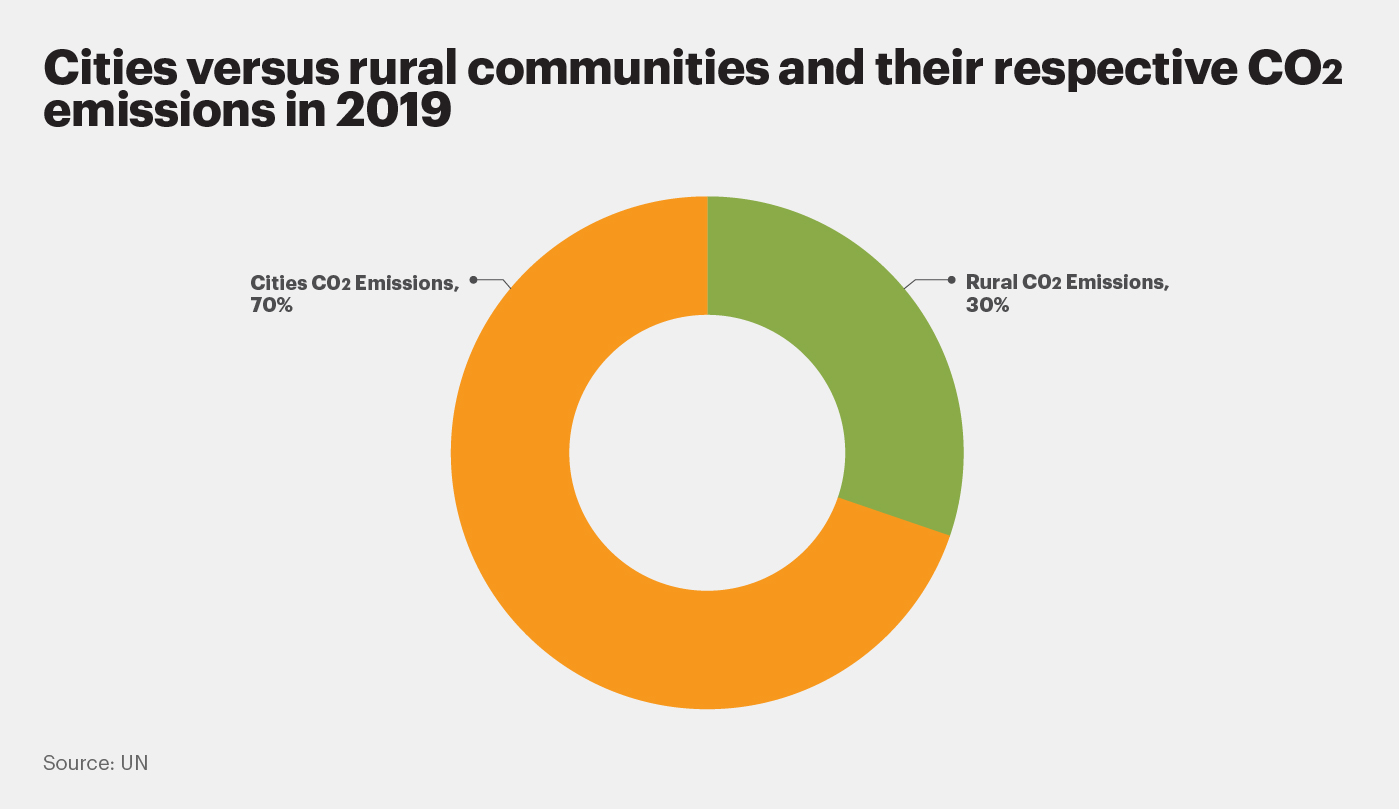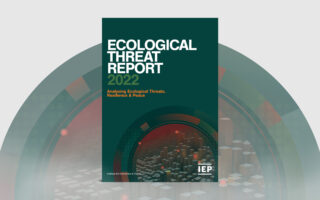The term ‘megacity’ refers to a densely populated urban or metropolitan area, usually characterised by its growing population and extensive infrastructure. Megacities are often also characterised as cities with populations exceeding ten million, high levels of urban density – resulting in crowded living conditions and high demand for resources and services. The past 70 years have seen the rise of megacities and over 60% of these cities are in countries of low peace.
A key driver of the rise of megacities is urban migration. Urban migration refers to the process of people moving from rural areas, small towns and villages – to urbanised areas. Urban living is a desire for many families and individuals who migrate from these areas as they look to seek increased job opportunities, higher income earning, greater access to technology and services, advanced education, access to health and safety and greater social networks.
In the instance of extreme or rapid urbanisation growth, policymakers and local government are forced to face many challenges such as

Urbanisation that occurs in low-income countries with high levels of human migration poses as a major threat to cities unable to initiate substantive and systematic reform. In some cases, the dangers resulting from urbanisation can be so dire that cities will need to be abandoned, and new ones created.
When a city’s population experiences extreme growth, living conditions are almost directly impacted, many cities experiencing urbanisation maintain limited financial resources and infrastructure capabilities. Therefore, when a migrant population rapidly increases in one short period of time, resources become overwhelmed, leading to people living in slum conditions with poor sanitation, air quality and security.
Many cities experiencing high population growth are at risk of facing limited access to fresh, running water. It is expected that these cities will face the same challenge that Cape Town did in 2018, when 4 million people faced the prospect of no accessible water. Mexico City, the fifth largest megacity is expected to reach a population of 26 million people by 2050. The megacity, built on top of a lake faces major water issues as repeated withdrawal, to allow for influxes of migrants, has led to parts of the city sinking at a rate of around 50 centimetres per year. Consequently, only one in five inhabitants can access tap water for a few hours per day. In Bangalore, authorities have been forced to drastically increase their efforts to dig and capture clean water, despite the city experiencing ample rainfall as poor infrastructure has led to leakages. International rights to water are also becoming extremely contested as demand increases for access to the world’s great rivers.
IEP estimates that without preventative measures, many cities could experience a temperature warming of 4 degrees Celsius by the end of the twenty-first century. The ‘heat island’ effect refers to a phenomenon where urban areas, like megacities, experience considerably higher temperatures, due to the proliferation of people and infrastructure. Main causes of this ecological challenge are heat through manufacturing, automobile use, light pollution and greenhouse gas emissions. As temperatures rise, alongside climate change, it is becoming increasingly common for cities to reach 50 degrees Celsius.

Rising sea levels play a major role in determining the ecosystems of which many megacities rely on. Several megacities are located within 100 kilometres of coastal areas, under 50 meters elevation from the coast. These megacities will face increasing intensity from storms, rising sea levels, and excessive groundwater extraction. Coastal megacities in Africa and Asia face distinctive challenges as the migrants occupying these cities are amongst some of the world’s poorest people. These people tend to build their homes in areas which are vulnerable to threats, as it is cheaper and less regulated.
Megacities are a concentration of extreme populations which equates to excessive levels of pollution, affecting local and global areas through air and water pollution. IEP research from the Ecological Threat Report (ETR) that estimates in 2021, cities could have been responsible for up to 70% of global CO2 emissions. This is extremely concerning, especially considering the fact that air pollution is expected to claim between 6-9 million premature deaths annually.
Megacities face growing susceptibility to deteriorations in peace and ecological threats. As populations are expected to increase, pressure continues to be placed on cities as urbanisation increases. In particular, low peace scoring countries are at the greatest risk of ecological threat and increasing populations.

Download the Ecological Threat Report 2022.
Ecological Threat Report 2022